Penstemon parryi, Parry's Beardtongue
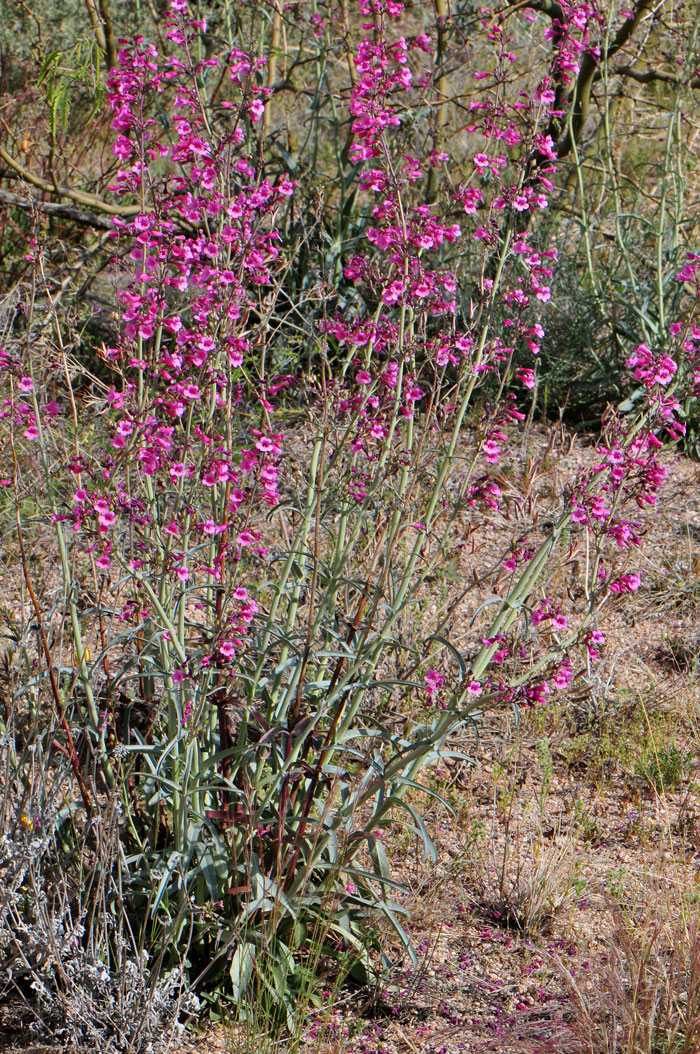
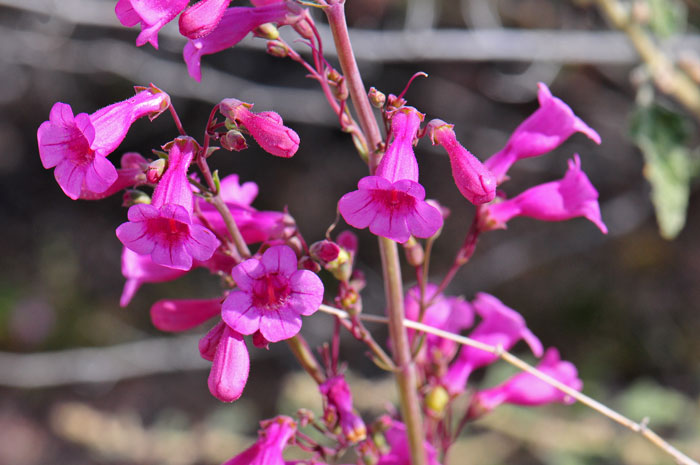
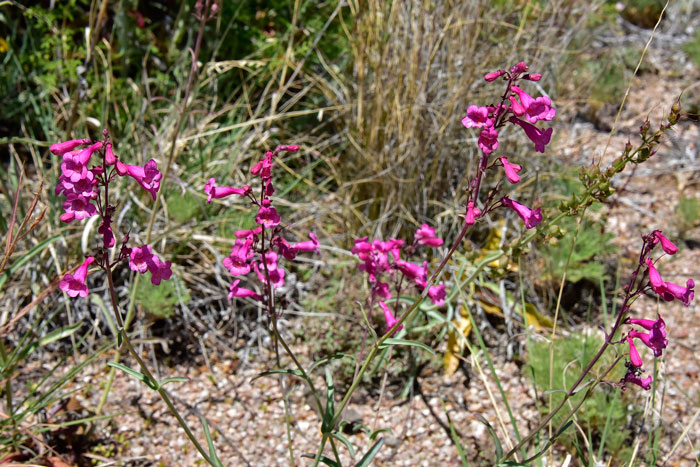
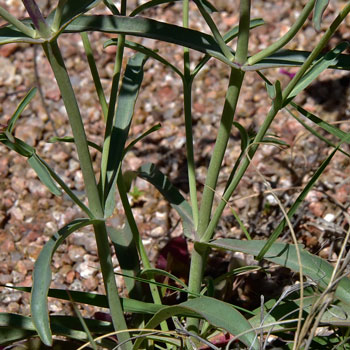
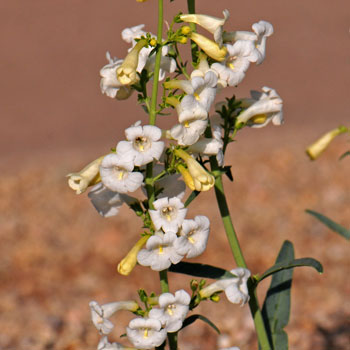
Scientific Name: Penstemon parryi
Common Name: Parry's Beardtongue
Also Called: Parry's Penstemon
Family: Scrophulariaceae, Figwort or Snapdragon Family - Moving to Plantaginaceae
Synonyms: ()
Status: Native
Duration: Perennial
Size: Up to 3 feet or more under natural conditions, taller when cultivated.
Growth Form: Forb/herb; single or multiple erect stems, plants glabrous and glaucous.
Leaves: Green, pale green; leaves opposite, in pairs, narrowly lanceolate, or arrow-shaped.
Flower Color: Pink; flowers on long spikes along upper stems, flowers tubular or salverform, flowers with short pedicel (stalks), as with many Penstemon flowers this species has bilateral symmetrical flowers.
Flowering Season: March to May.
Elevation: 1,500 to 5,000 feet.
Habitat Preferences: Mountain canyons, well-drained slopes.
Recorded Range: Parry's Penstemon is rare in the United States were it is only found naturally in southern Arizona. It is also native to northern Mexico.
North America & US County Distribution Map for Penstemon parryi.
U.S. Weed Information: No information available.
Invasive/Noxious Weed Information: No information available.
Wetland Indicator: No information available.
Threatened/Endangered Information: No information available.
In the Southwestern United States, Arizona there are 43 species of Penstemon, in California there are 55 species, Nevada has 50 species, New Mexico has 47 species, Texas has 24 species, Utah has 73 species. All data is approximate and subject to taxonomic changes.
Comments: Penstemon parryi is native to Arizona but is never common and certainly not observed in large numbers under natural conditions. Additionally, this species is regularly used by government entities in highway and road-way seed mixtures, which likely artificially adds to its overall range.
Of all of the Penstemon cultivated for horticultural purposes, at least in central Arizona, Parry's Penstemon is one of the most common. It withstands extreme temperatures, does well with little water, and its seeds are easy to harvest and plant.

